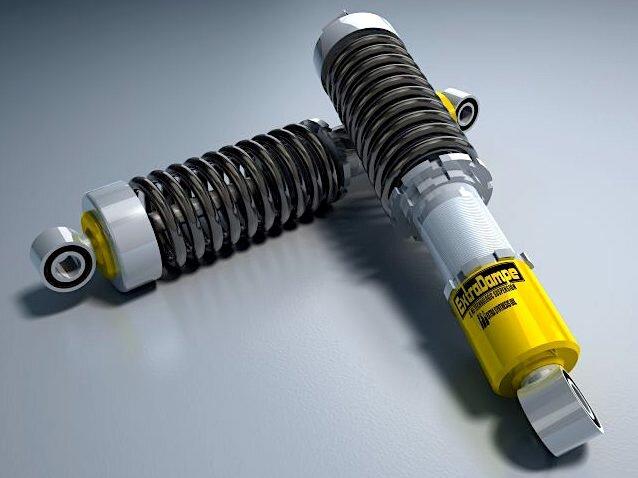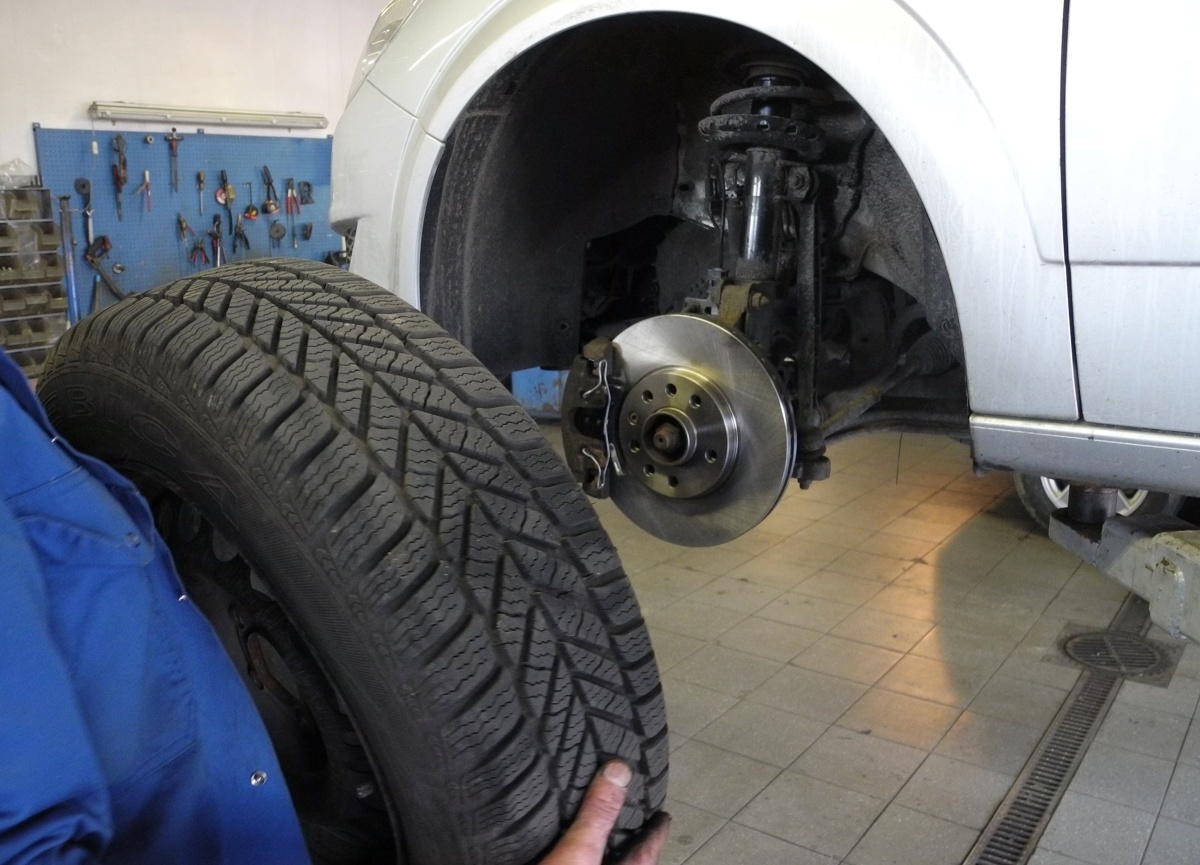
shock absorbers. How to evaluate their effectiveness?
 There is no need to convince anyone that the condition of the shock absorbers in a car is extremely important for driving safety.
There is no need to convince anyone that the condition of the shock absorbers in a car is extremely important for driving safety.
A shock absorber is a device that dampens vibrations of the wheel and suspension parts in relation to the entire car. If the shock absorbers were completely removed from the car, then after passing the slightest bump, it would sway almost endlessly, causing passengers to vomit, and the car into a serious accident. Their grip on the surface depends on the correct control of the movements of the wheels, that is, whether the car has traction and whether the driver can control it at all. As a result, even a partial loss of efficiency of one shock absorber, i.e., a deviation of its damping parameters from those assumed by the vehicle manufacturer, can lead to a loss of vehicle controllability under certain conditions.
The editors recommend:
Vehicle inspection. What about promotion?
These used cars are the least accident-prone
Brake fluid replacement
Unfortunately, drivers often don't notice that their car's shock absorbers are losing effectiveness. In most cases, this happens gradually, and the driver gets used to the slow change in the behavior of the car, for example, on single bumps in the road or on unpleasant grates and cobbles. On smooth pavement, almost always everything seems to be fine, but when we turn a turn in a turn, the trouble is ready. Therefore, from time to time you need to check the shock absorbers.
And it's not that easy. The easiest way, of course, is to “rock” each of the four corners of the car. If the car is hardly brought into the “wave” and it runs out of steam after the body sway is disturbed, you can guess that this particular shock absorber is working. The diagnostic procedure described here is surprisingly effective, but requires a lot of experience. A car owner who is only in contact with his vehicle may not be able to read any bumps in the movement of the body. So it remains to order a test in the workshop when inspecting the car. Garages often have car "shakers" that measure the decay of the "rocking" of the car. But even this research procedure can be unreliable. Your best bet is to remove the shocks and test them with an external damping gauge.
In fact, the most correct action is to replace the shock absorbers with new ones whenever there is a shadow of suspicion of their malfunction: when they start to knock or when oil flows out of them. The latter should not be underestimated - the piston rod seal is never repaired. Shock absorbers usually have a certain amount of hydraulic fluid and can perform quite effectively despite a small amount of leakage. But for the time being. Soon, air will begin to flow through the oil flow damping valves, and the damper efficiency will drop to zero overnight. So a visual inspection of the shock absorbers is also necessary, in which case even the slightest oil leaks should not be underestimated.
Read also: Test Opel Insignia Grand Sport 1.5 Turbo
